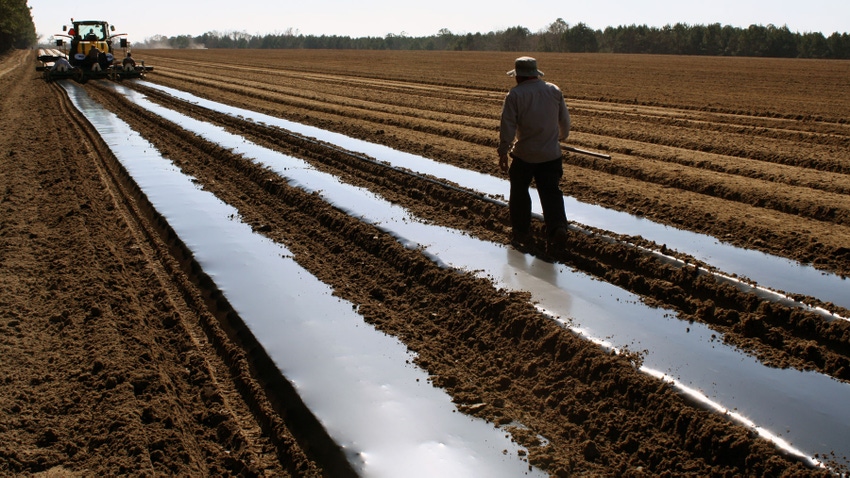January 8, 2024

New Adverse Effect Wage Rates, or AEWR, for growers who use the H-2A program went into effect Jan. 1. Following a 21% increase in the wage in the last 14 months, Georgia’s AEWR, for example, is now $14.68 for H-2A workers for 2024, according to the Georgia Fruit and Vegetable Growers Association.
The association wants to know upon what data the increases were based.
In a Jan. 3 statement, the GFVGA said it has “worked with members of our congressional delegation to meet with USDA and DOL in an attempt to shed light on the process that determines the AEWR. Unfortunately, there are still more questions than answers on how the AEWR is set.”
Georgia Attorney General Chris Carr asked the Department of Labor to explain the increase in AEWR and to stop scheduled increases to allow for a long-term solution to be developed.
In his letter to DOL, Carr notes, “The lack of transparency concerning the methodology can only lead our constituents to reasonably assume these mandated wage increases were established arbitrarily and without regard for the wellbeing of Georgia farmers. Therefore, we ask for more information on what methodology and raw data was used to justify the substantial wage increase and the discrepancy between the proposed AEWR and private sector rates. We also request that the increases are halted while we await the responses from your agencies and our office has the opportunity to evaluate them.”
GFVGA has also joined with organizations, including the National Council of Agricultural Employers, to submit a petition to the DOL, requesting the department amend or repeal the AEWR methodology, so that it conforms with the law that sets forth the rules for the program.
The petition draws “a clear line between rising AEWR rates and how they will ultimately lead to more imports of fruits and vegetables as Georgia growers have no choice but to cut production acres,” GFVGA says in the statement, adding that increases in the AEWR will cost Georgia growers more than $150 million in additional wages.
“Georgia growers would optimistically jump at the opportunity to hire more domestic workers for a myriad of reasons including cost and the administrative burden of participating in the program. However, our reliance on H-2A workers is a clear demonstration that U.S. workers are not interested in production agriculture. The current AEWR scheme, to protect U.S. domestic workers who do not exist, is driving the AEWR to a level that leaves U.S. growers uncompetitive and will ultimately result in fewer acres being produced in the US, more imports and a growing reliance on other counties to feed ourselves,” GFVGA said in the same statement.
Georgia is one of the top five states that use the program. In Georgia, more than half of all agricultural jobs are filled by H-2A labor.
Read more about:
LaborAbout the Author(s)
You May Also Like






